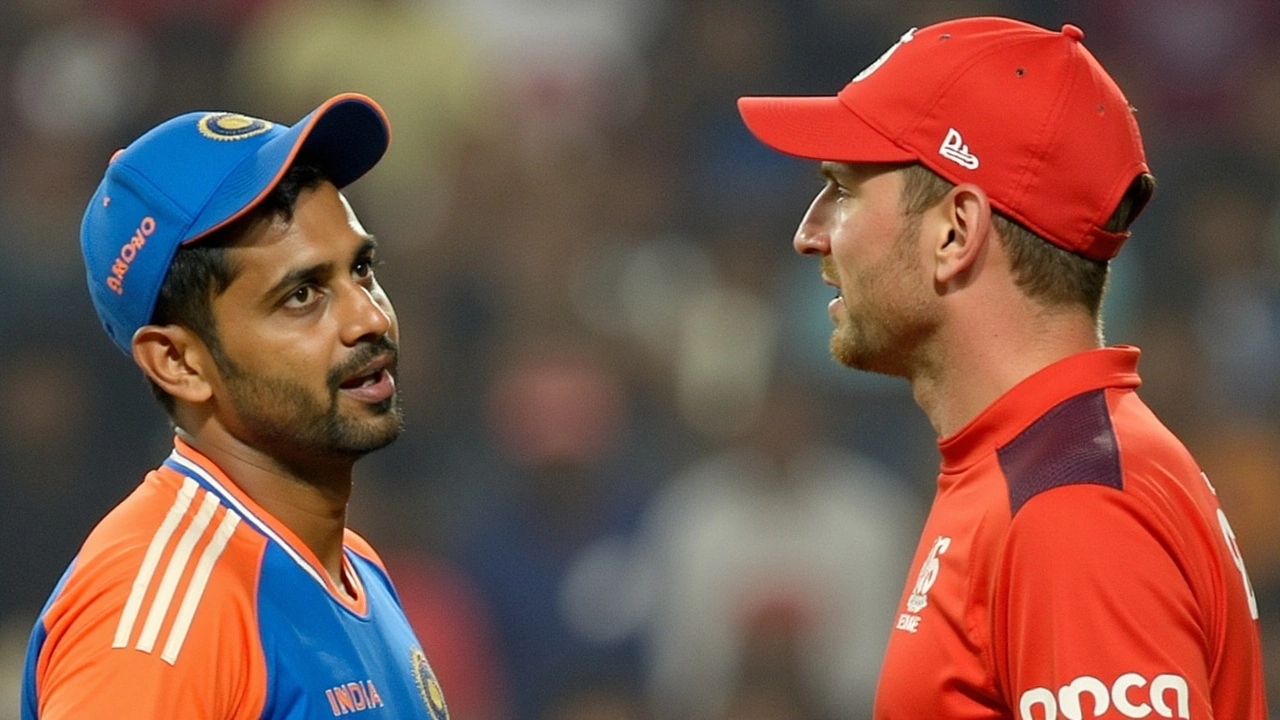- Real Madrid Strengthens Future by Extending Vinicius Jr.'s Contract with Enhanced Terms Aug 14, 2024
- Germany vs. Scotland: Predictions, Odds, and Betting Tips for Euro 2024 Opener Jun 14, 2024
- South Africa's Fuel Price Reduction Brings Relief to Motorists for Second Consecutive Month Jul 3, 2024
- Russia's Drone Strikes on SOCAR Push Azerbaijan Toward Ukraine Oct 13, 2025
- Lazio's Stalemate with Ludogorets Highlights Europa League's Unpredictability Nov 29, 2024
Concussion substitute: what it is and why it matters
Seen "concussion substitute" in a match report and wondered what it really means? In short, it’s a rule change that helps protect players after a suspected head injury. Instead of forcing an injured player to stay in or the team to play a man down while a medical check happens, a concussion substitute lets teams bring someone on so the injured player can get a proper assessment.
How concussion substitutes work
Different sports handle them in different ways, but the idea is the same: prioritize health over tactics. Some sports allow a temporary substitute while an independent medic checks the player. Others permit a permanent like-for-like replacement after a confirmed concussion. Leagues and governing bodies run trials and keep changing details, so the exact number allowed or the length of an assessment can vary.
What’s common across sports is a few key points: a trained clinician should be involved, assessment tools (like standard concussion checklists) are used, and officials keep the process transparent so teams don’t misuse the rule. The goal is simple—give players time to be checked without penalizing the team.
Spotting a likely concussion and what to do
If you’re watching or coaching, know the signs. Look for loss of consciousness, confusion, balance trouble, blurred vision, slurred speech, repeated vomiting, or unusual drowsiness. Even if those are mild—like headache, nausea, or memory gaps—treat it seriously.
Quick practical steps:
- Stop play and remove the player from the field immediately if a concussion is suspected.
- Call for a trained medical professional—don’t rely on teammates or coaches alone.
- Use the concussion substitute rule when available so the team isn’t disadvantaged during assessment.
- Never let a player return to play the same day without a formal medical clearance.
Remember: some symptoms show up later. A player might seem fine, then feel worse after a few hours. Always advise monitoring and follow-up with a clinician.
For parents and grassroots coaches, advocating for concussion substitutes and clear protocols at your club or school makes a big difference. Ask whether independent assessors are available, how long temporary assessments last, and what the return-to-play steps are.
Concussion substitutes are about one thing—safety. Rules will keep evolving, but the practice of removing suspected concussed players for proper checks should never be optional. If your team hasn’t adopted a clear head-injury policy, push for one. It could protect someone you care about.
Want a quick checklist to print or share? Look for simple tools from your sport’s governing body or medical organizations—many provide one-page guides you can post in locker rooms or dugouts.
Tension Mounts in India vs England T20 Series Over Concussion Substitution Controversy
- Katlego Sean Mahaye
- Feb 1, 2025
The use of Harshit Rana as a concussion substitute for Shivam Dube during the India vs England T20 series has sparked debate. Controversy arose when Dube was hit on the helmet by a bouncer and replaced by Rana, a fast bowler, which some argue was not a 'like-for-like' substitution. This has led to criticism from England's captain Jos Buttler and former players, questioning the ICC's concussion protocol adherence.
